- Joined
- Nov 11, 2003
- Messages
- 9,900
- Reaction score
- 119
- Location
- Ahwatukee, AZ
- Can others edit my Photos
- Photos NOT OK to edit
terri said:I'm going to have a question for you, Mitica, as soon as I can lay my hands on my hubby's new Rollei (no, NOT the WA - but he did get an apparently REALLY good deal on something else, as we discovered when we unwrapped the thing).
How are you with dating and typing Rollei lenses??
Well... I'm too old for dating... :lmao: He he... couldn't resist.
No problemo, just throw something at me and I'll tell you when it was made and model #.






![[No title]](/data/xfmg/thumbnail/32/32164-d68fa2de02f9bef524bbd68aac2f12e4.jpg?1619735234)
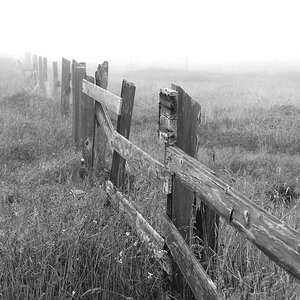
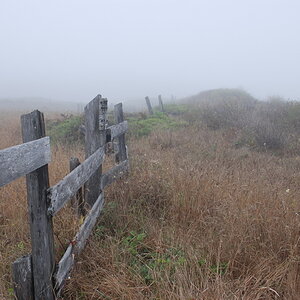
![[No title]](/data/xfmg/thumbnail/37/37629-fa70c9f81cc7da4d6a9b512502f9bf84.jpg?1619738155)
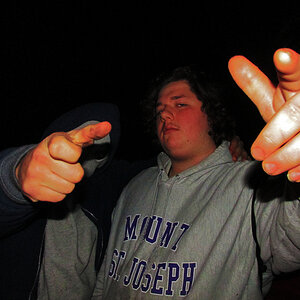
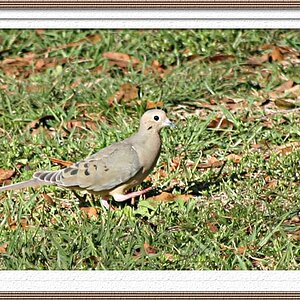
![[No title]](/data/xfmg/thumbnail/38/38292-ab7b4579becf6f3bda3ef5b18219d707.jpg?1619738563)
![[No title]](/data/xfmg/thumbnail/32/32165-6bb394c486dda7ec16d8fee786f03151.jpg?1619735234)

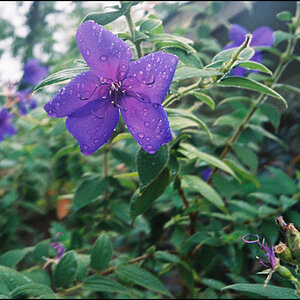
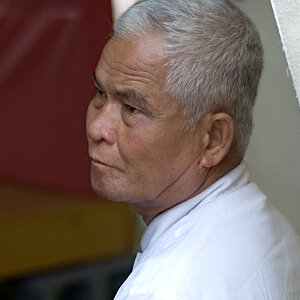
![[No title]](/data/xfmg/thumbnail/37/37630-10bda987ab220dc60e7c1cb65502f83c.jpg?1619738155)